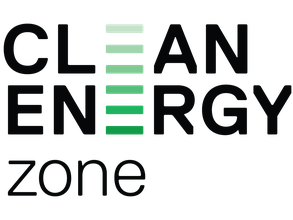Canada has committed to reducing its greenhouse gas (GHG) emissions by 40-45% from 2005 levels by 2030 and achieving net-zero GHG emissions by 2050. However, as of 2019, Canada has only managed to stabilize its GHG emissions, with levels being just one percent below those of 2005. This minimal reduction highlights the need for a significant boost in renewable energy technologies. According to the Canada Renewable Energy Association (CanREA), increasing the deployment of wind energy, solar energy, and energy storage technologies is crucial for Canada to meet its ambitious climate goals.
The Need for Renewable Energy Expansion
Wind Energy: Enhancing wind energy capacity can significantly contribute to reducing GHG emissions. Canada has vast untapped wind resources that can be harnessed to generate clean electricity.
Solar Energy: Solar power is another critical component. Integrating high-efficiency solar panels can provide a reliable source of renewable energy, particularly in regions with significant sunlight.
Energy Storage Technologies: Effective energy storage solutions are essential to ensure the stability and reliability of renewable energy supplies. By storing excess energy produced during peak production times, these technologies can provide a steady energy supply even when production is low.



